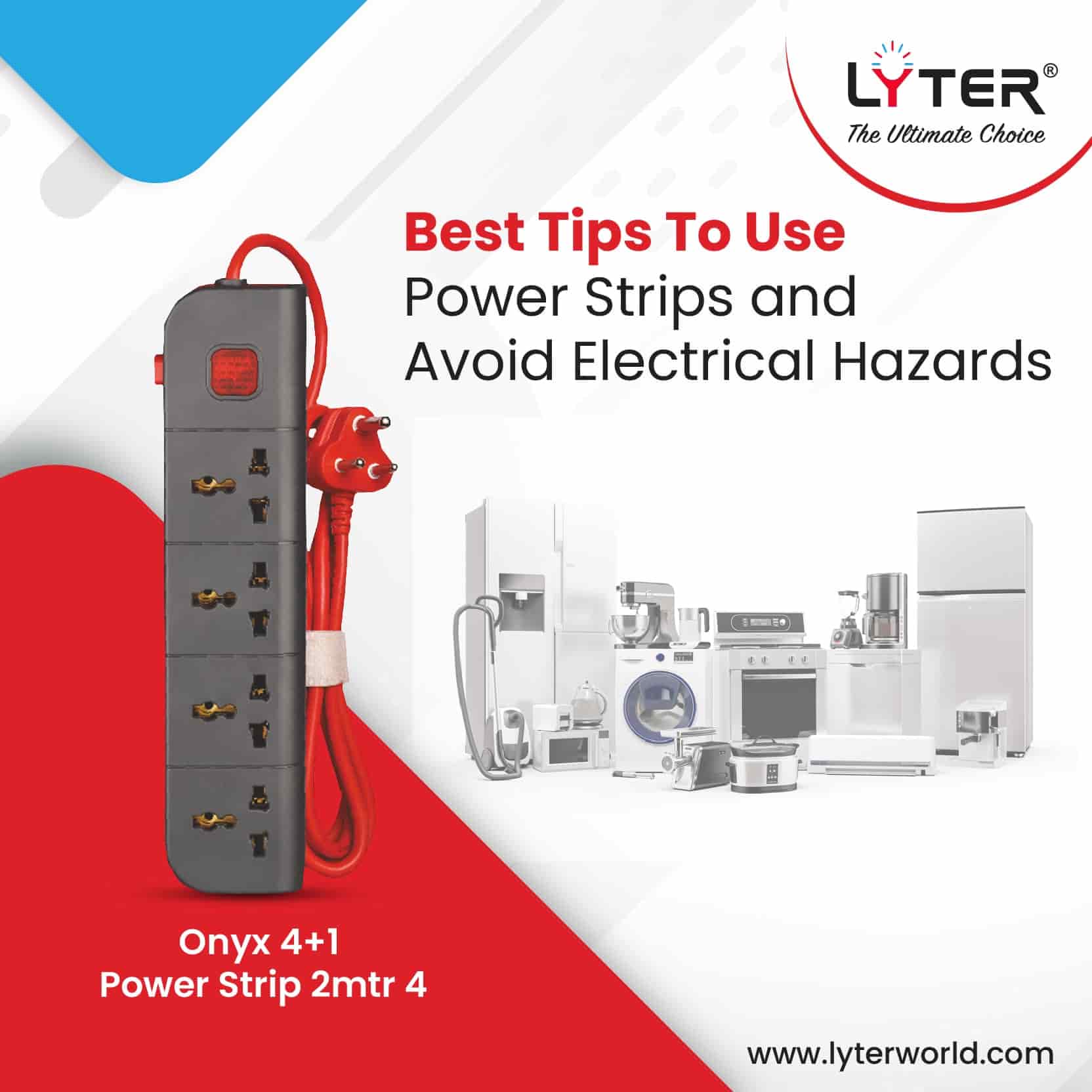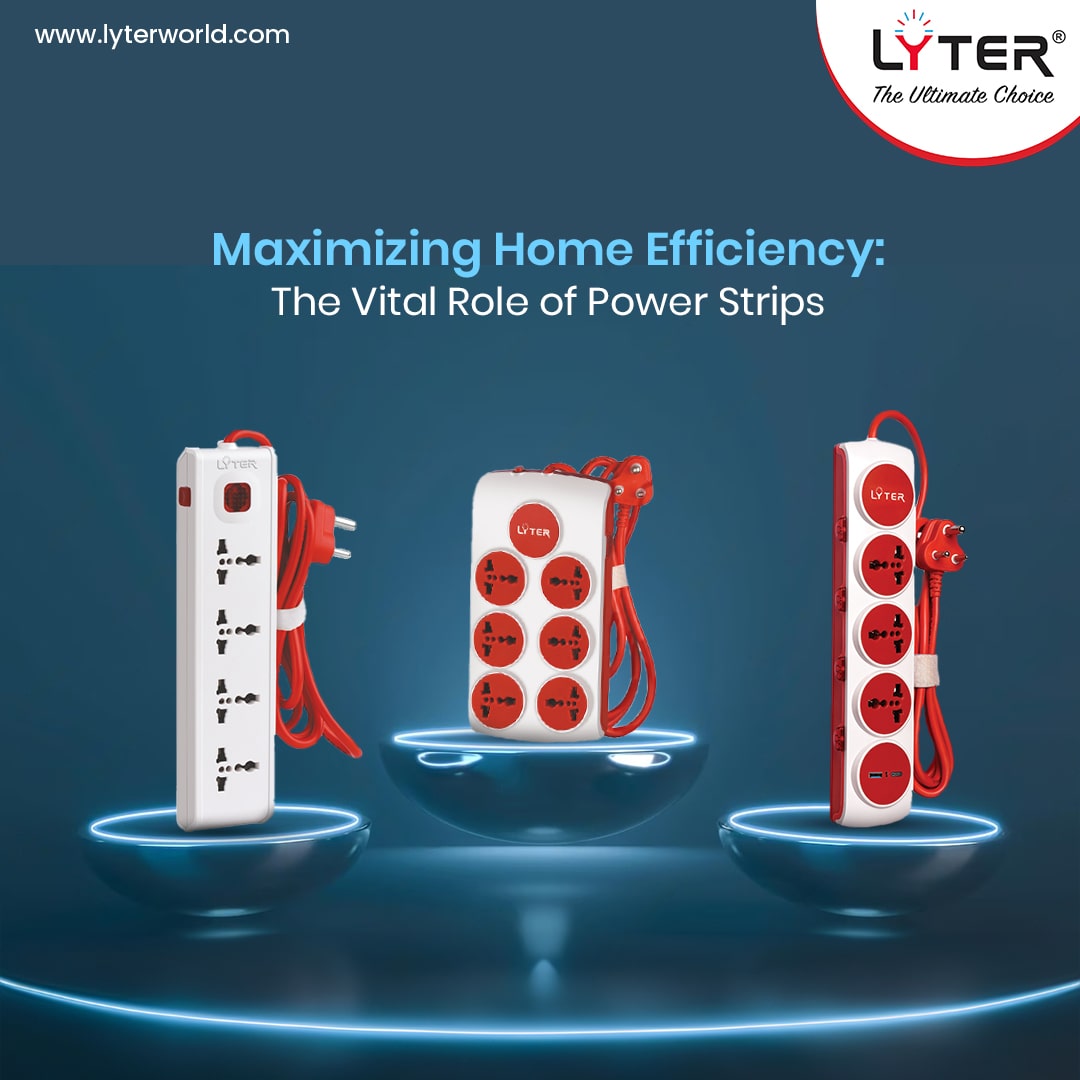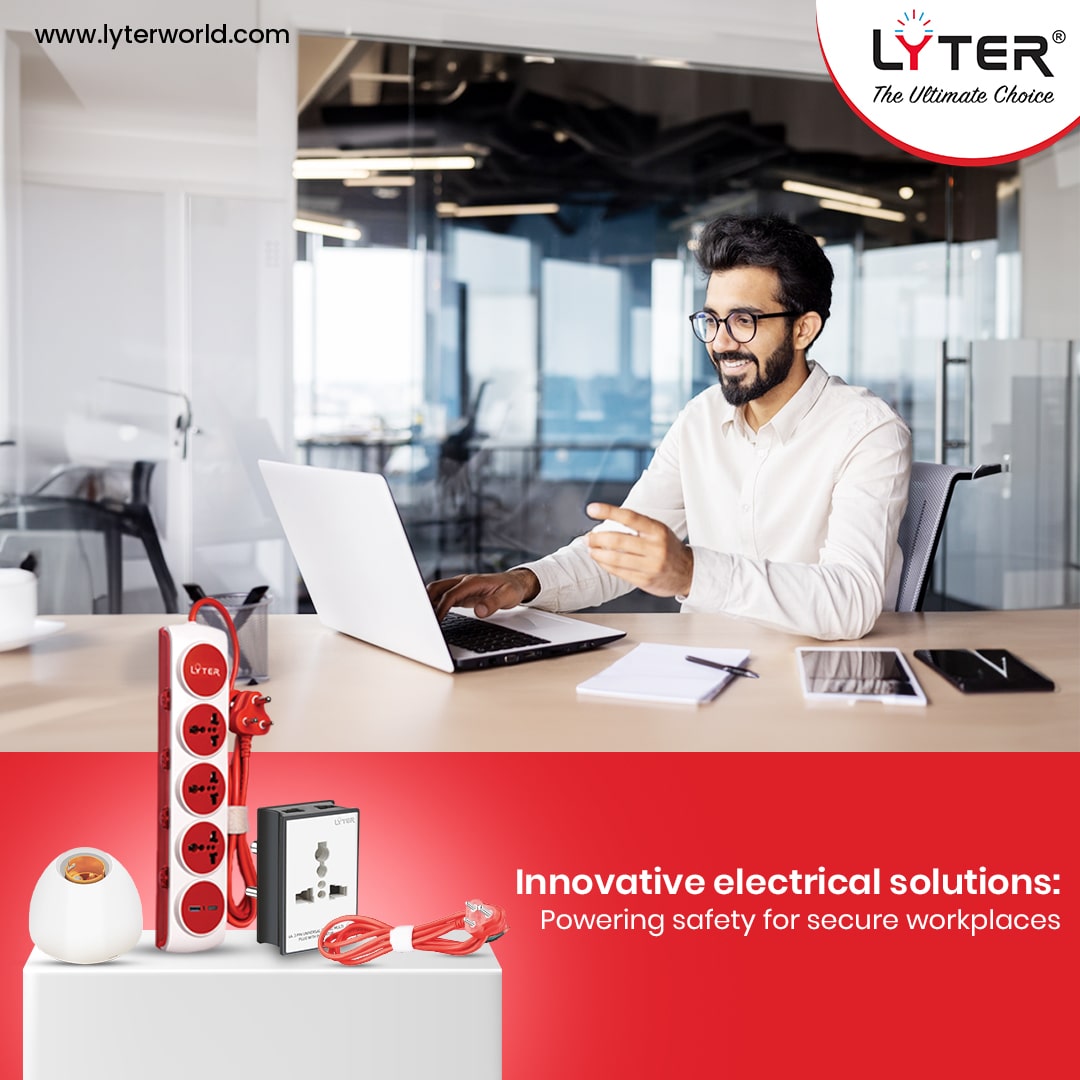Lifestyle
9 Best Tips To Use Power Strips and Avoid Electrical Hazards
Published on 21 Jan 2022

Power strips are an essential purchase for every household. It helps you multitask with ease and convenience. You can use it in your kitchen to plug in a mixture grinder, blender, or anything else together. Or maybe in your bedroom to plug in a lamp shed, hairdryer. Or maybe in your living room to plug in your TV and cables, or your laptop or your computer and such devices. A universal power strip will be your best pick for such multitasking. However, using a power strip requires you to be a little careful. Since it connects the source of power to the devices, inappropriate use can lead to serious electrical hazards. This can include burn, shock, and fire. Here are the 9 best tips that you should follow to avoid such mishaps.
9 tips on using power strips to avoid power mishaps
Usually, a power strip comes with a maximum of six to eight outlets. But when multiple strips are linked to one another, the main strip bears the most pressure. This strip linked to the building outlet has to provide others more energy than it can actually do. This is because the primary outlet has to cater to the demand for the devices linked to it. Daisy chained power supplies can easily cause circuit overloads that can also cause permanent damage to the devices linked to the cords.
1. Overloading a power strip: Just because you see an available outlet does not mean that you should plug any device into it. Although it is meant to be used for multiple devices, it’s crucial that you pay attention to the devices you plug into it. Know that outlet power strips are not for devices that need a big amount of energy for operation. For example, a heater or electric frying pan, or coffee pot are a big no for a power strip. They require a huge amount of electricity to operate. Hence, plugging such high wattage appliances can easily cause an overload situation. Although you can use more than one power strip in a room, make sure they use completely different outlets.
2. Too long cord: Too long cord length can be a real hazard for your home. Make sure that you don’t have any running cable in front of a doorway or through the middle of the room to minimize trips and falls. Check the UL rating of the cables while dealing with regulations for max power length and insulations for cables. Purchase the top-quality electrical products online at Lyter.
3. Daisy-chaining: It is basically a wiring setup where devices are linked together in a sequence. Here only the first device has a link to the source of power. Although it is not typically an issue with computer hardware and some other digital appliances. But daisy chaining is a very threatening practice with a power strip.
4. Always pay attention to the ratings and wattage of the appliances and a power strip before using it.
5. They are mainly for indoor use only and should not be used in a damp or wet place.
6. Only use devices that require low power consumption like mobile phone chargers etc.
7. If it starts overheating or excessively hot, remove it immediately from the socket and also reduce the number of devices attached to it.
8. A power strip without being UL tested can be defective or lack surge protection or be rated for an insufficient power load.
9. Do not use the power cord through the walls or windows or floors or ceilings.
Conclusion
Using a power strip and avoiding power mishaps is not a big deal, you just have to know the right ways and the things to avoid. Along with the above-mentioned factors, remember to buy the best electrical products online. We hope these tips will help you with your safe use of a power strip. To buy the best and safest power strip for your household needs, get in touch with us.



